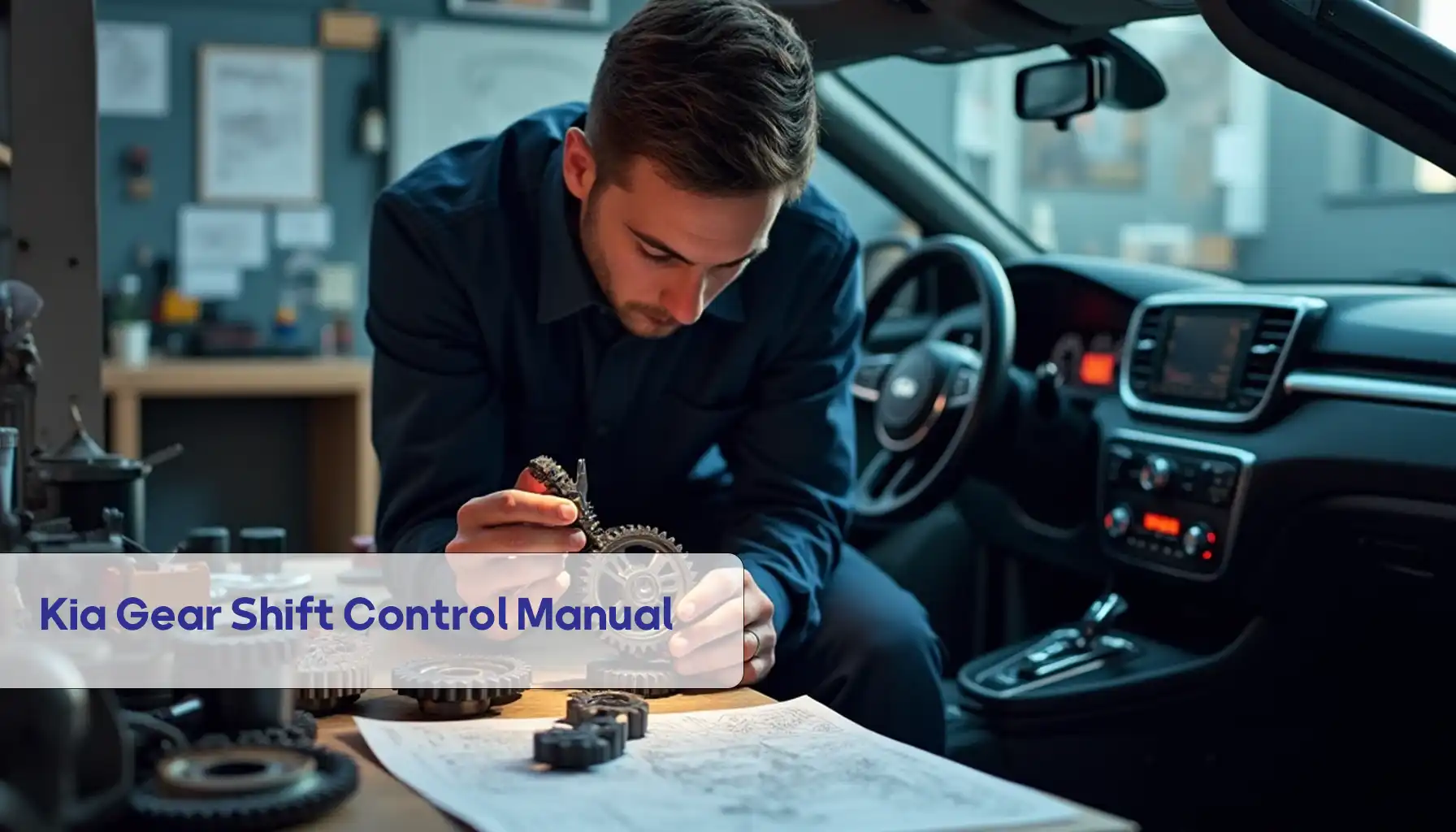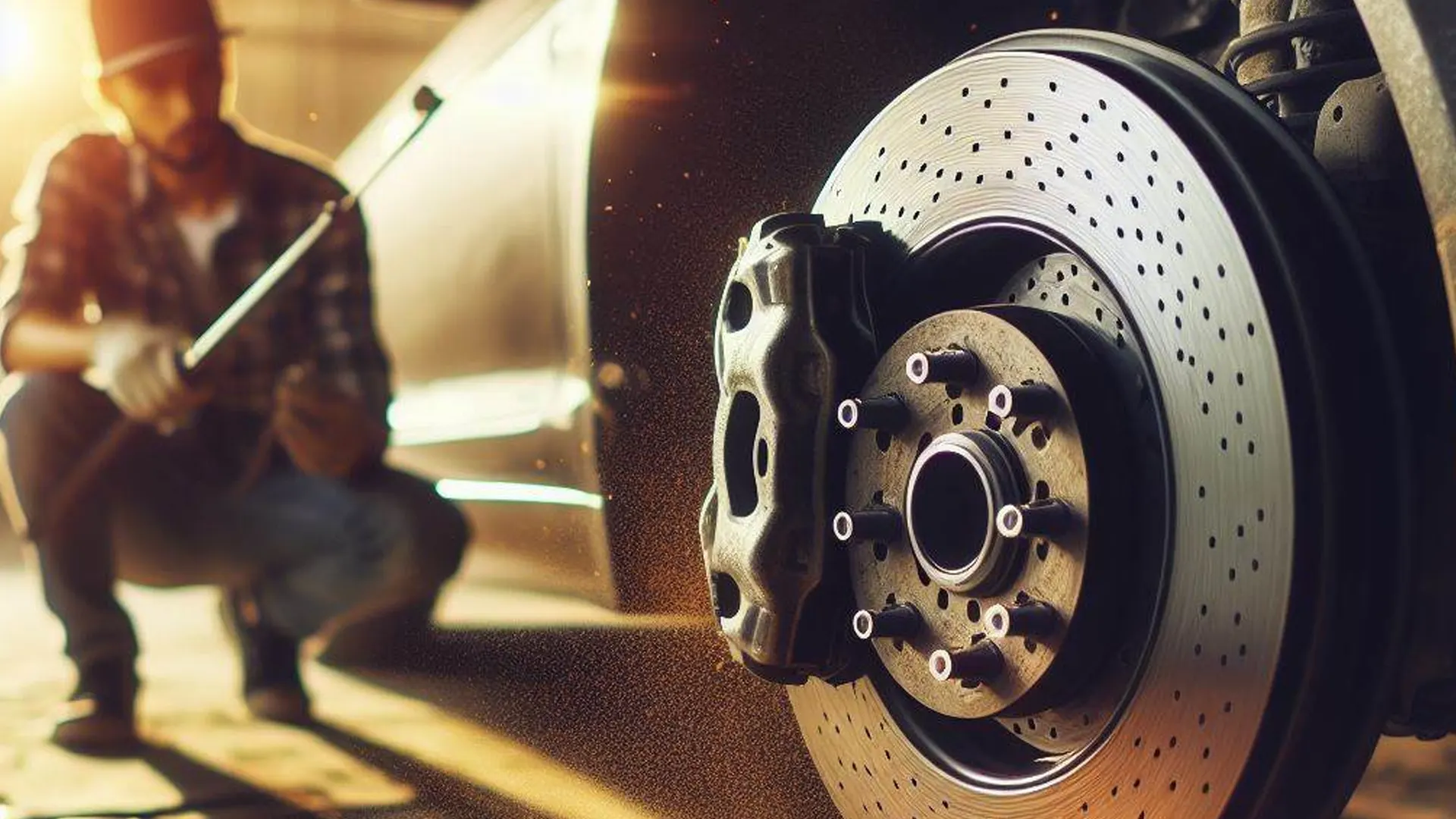well, you want to know what a connecting rod is and what it does in the car engine? The simple and quick answer: Connecting rods are like metal arms inside car engines. They connect the pistons, which move up and down, to the crankshaft, which spins around. This connection allows the car engine’s part to turn the power from burning fuel into the power that moves the car.

Even though these rods are strong enough to handle the big pushes and pulls inside the engine, they must also be light enough not to slow down the engine. In designing rods, engineers consider things like the materials they use, the shape of the rods, and the amount of oil they require to keep them slippery. For cars to run efficiently and reliably, it is essential to understand how these rods work.
We have decided to write this blog post to help you better understand how these rods work, why they are important, and how to maintain and care for them.
Let’s cut it short and talk about it in more detail. First, answer the basic question you might know about connecting rods;
What is the connecting Rod’s move?
The first part of this article answers this question. Here, I illustrate what these are utilizing an example.
Like a sledgehammer needing a handle to transfer its power, pistons in a car engine require connecting rods to utilize their energy. These hardworking metal rods convert the pistons’ vigorous up-and-down motion into the crankshaft’s all-important circular rotation. connecting rods act as the essential link, transforming the vertical thrust of the pistons into the circular motion that ultimately propels the car forward.

In summary, connecting rods play a vital role in bridging the gap between the pistons’ movement and the crankshaft’s rotation, ensuring the engine runs smoothly and efficiently, ultimately contributing to the car’s overall performance.
The following table gives you all the essential information about connecting rods.
Connecting Rod Information:
| Aspect | Description |
| Definition | A connecting rod, also called a “con rod”, is a crucial component of a reciprocating engine that connects the piston to the crankshaft. |
| Function | It translates the reciprocating (up-and-down) motion of the piston into the rotational motion of the crankshaft, and vice versa. This enables the engine to convert the energy of combustion into usable power. |
| Materials | The majority of these are made of high-strength, lightweight materials like forged steel or aluminum alloys. They are strong enough to withstand the high forces that engines endure, as well as durable enough to withstand prolonged use in harsh conditions. |
| Importance | Connecting rods play a critical role in engine performance. They are responsible for transmitting the power generated by combustion in the cylinders to the crankshaft, ultimately turning the wheels of the vehicle. Their strength, weight, and dimensions all contribute to factors like engine power output, fuel efficiency, and overall engine life. |
How Connecting Rods Move?
Let’s break down how these mighty rods work their magic:
- Attachment: One end of the connecting rod is securely attached to the piston like a trusty sidekick. The other end is joined to the crankshaft’s crankpin journal, forming an inseparable bond.
- Pivoting Action: As the piston bounces up and down inside the cylinder, the connecting rod pivots at the point where it’s linked to the piston. Imagine a seesaw, with the connecting rod gracefully rocking back and forth, pivoting at that central point.
- Circular Motion: Now, here’s where the real magic happens! This pivoting motion of the connecting rod doesn’t go to waste. Instead, it pushes and pulls the crankpin on the crankshaft, forcing it to trace a circular path. It’s like a choreographed dance, with the connecting rod leading the crankpin in a mesmerizing circle orbit.
Combined effort:
But wait, there’s more! It’s not just one connecting rod doing all the work. All the pistons and their respective connecting rods are in harmony, working together perfectly. Their combined circular motion sets the crankshaft spinning like a well-oiled machine, thus propelling your car forward with power and determination.

Below is a table that explains more;
Movement of connecting rods: summary table
| Feature | Description |
| Connection | One end to the piston pin, the other end to the crankshaft |
| Movement (Pistons) | Up-and-down linear motion |
| Movement (Connecting Rod) | Pivoting at the connection point |
| Movement (Crankshaft) | Circular rotation due to connecting rod pushing crankpin |
| Outcome | Transforms the piston’s linear motion into the crankshaft’s rotation, powering the car |
Wrapp-up
So there you are, readers – this is the low-down on these notorious connecting rods in your engines. I hear you. they may seem tiny and seemingly unimportant, being overshadowed by more glamorous components like pistons or crankshafts. But know this! These small parts play a very huge role in ensuring that your engine works.
Devoid of them, your pistons would be going up and down like the lift not connected to anything. And surely, one could not go for a joyride anywhere! Connecting rods serve as the vital channel of communication between firing pistons and rotating cranks. They are no different from the means of how an upward piston motion can easily translate into roundabout reconversion into circulation round that finally moves wheels revolutions. As a result, they act as internal motor messengers!
From their carefully calibrated dimensions to the high-strength metals they’re created from, connecting rods must bear tremendous daily stress. For a good number of years, it allows your engine to operate as smoothly as silk so you can continue traveling along the highway endlessly. So next time you lift the hood of your car to peek at its engine just remember those old connecting rods! They appear simple but behind-the-scenes stuff; they do magic by handling combustion with ease without even breaking out in a sweat about it. Not bad for some old connecting rods!



